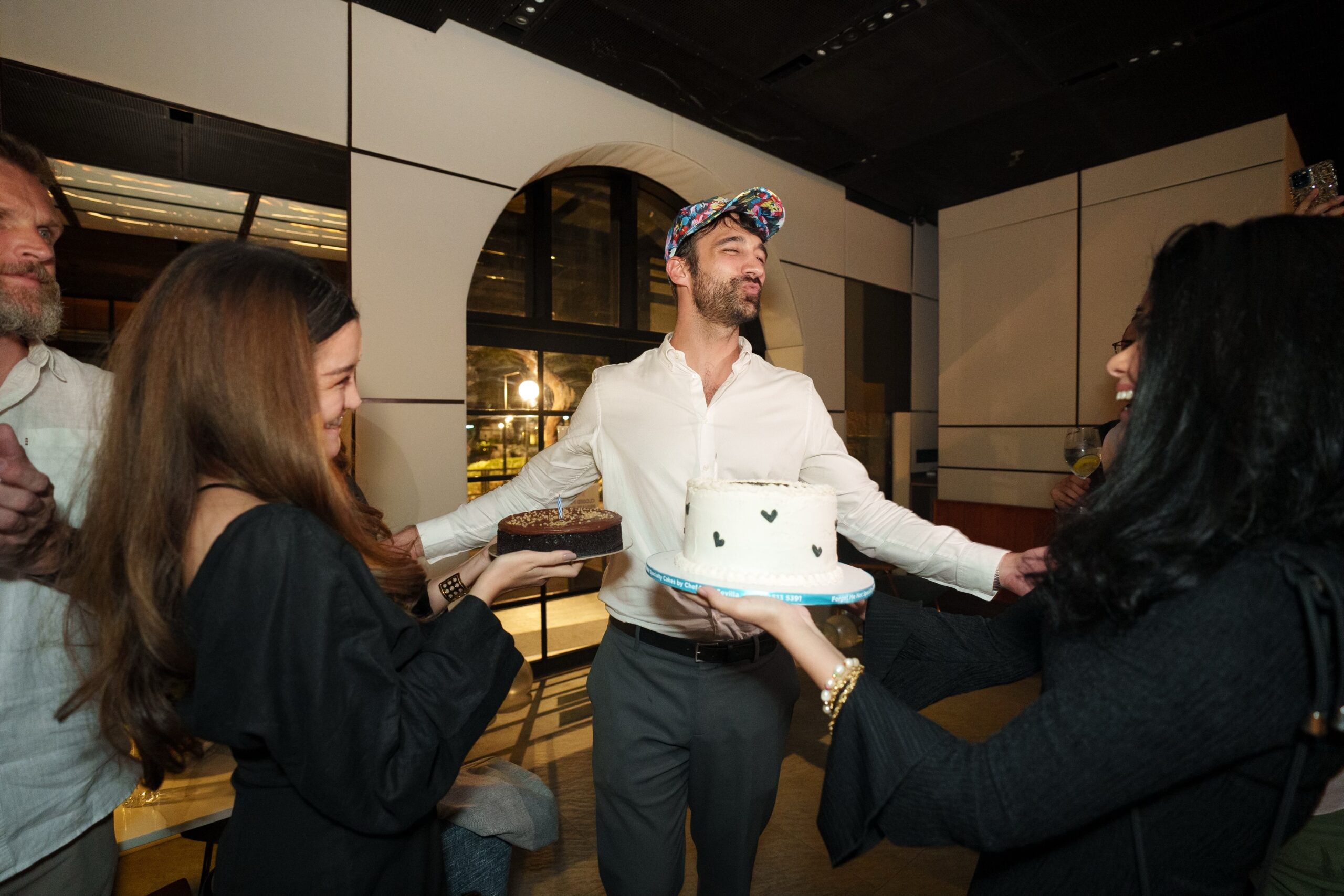Today, palm or passion Sunday, we begin the observance of Holy Week. You will notice that in the Gospel readings for the daily Mass the past couple of weeks, Jesus started to declare who he was and what he came to accomplish, i.e., his mission.
As he did this, take note of the reaction of the people to him, the growing opposition. Then last Thursday and Friday, we saw the violent reaction of some, to the point of almost stoning him. Yet Jesus did not meet this opposition head-on. In fact, he retreated—a tactical retreat, as we would say—because his “time had not yet come.”
As we prepare for the celebration of the Great Easter Triduum, the climax of our 40-day preparation, the remembering of the central grace and mystery of our Christian faith, the Paschal Mystery, the Cross and Resurrection, we enter the core of our Christian faith, the core of our relationship with God.
Let us reflect on the two parallel movements in the days leading to Holy Week and then to the Great Easter Triduum. On the one hand we see Jesus very clearly declaring the truth of who he is and what his mission is and, on the other hand, we see the people reacting to this, with some opposing him. The tension shows, and builds up.
Jesus feels this tension, and it heightens as he approaches his passion, death and Resurrection. The struggle is internalized by Jesus, right to his deepest core. He begins what you might call the journey into, as St. John of the Cross puts it, the dark night of the soul.
Prelude
The Palm or Passion Sunday liturgy is like a prelude or an overture to the final chapter or act in the story of Jesus. The readings beautifully portray the depth of meaning and deepest emotions at the core of the event. The prophecy of Isaiah in the song of the suffering servant shows the clear understanding of Jesus of the painful cost of his obedience.
Yet it also expresses his determination and faith: “I have set my face like flint, knowing I will not be put to shame.” (Isaiah 50:7) He is determined to go to Jerusalem and meet his destiny with the certainty of faith that he will be glorified by his Father.
The responsorial psalm is a peek into the inner struggle of Jesus, that though he was determined to accomplish his mission, he struggled with it. It is a pained expression of that struggle between despair and hope, rooted in a deep relationship with his God and Father: “My God, my God, why have you forsaken me?”
The second reading from the Letter of Paul to the Philippians is an ancient hymn declaring in an almost metaphysical sense the identity and mission of Jesus. In one of our retreats, our retreat director referred to this as a Christian definition of love; that love is a choice and a movement.
Love chooses to empty oneself for the beloved, to humble oneself, and through this movement, raise the dignity of the beloved.
Then all this is summarized in the story of the passion that we see in the Gospel this Sunday.
As we reflect on all this and enter more deeply into the grace of Holy Week, remember that Jesus chose to suffer and die. The basic choice he made was, in the vernacular, nanindigan siya—he took a stand. He took a stand with regard to who he is: the son of God. He took a stand with regard to what his mission is: “I came to do my Father’s will.” This was why he suffered and died.
And we must appreciate that even as Jesus made this choice freely, he struggled with it, experiencing the tension of taking a stand. The tension will heighten and reach its peak in the agony in the garden.
We are told that as Jesus agonized over his impending death, he started to sweat blood. I was told by one doctor that scientifically, this was possible. Blood could come out of a person’s pores if he/she is under extreme stress. This was how extreme Jesus’ tension was.
In the midst of this tension Jesus cries out, “Father, if you are willing, take this cup away from me; still, not my will but your will be done” (Luke 22:42). Even on the Cross we see this tension as he cries out (echoing Psalm 22), “My God, my God, why have you forsaken me?” (Mark 15:43) And then the surrender: “Father into your hands I commend my spirit . . .” (Luke 23:46)
Creative tension
One of the wise counsels given to us as we were going through formation is that we must learn to deal with tension and turn it into creative tension. And the greatest tension was on the Cross, and because of his surrender in freedom and love, the most creative grace burst forth, the Resurrection!
Holy Week is one of the greatest seasons of grace. It is a privileged moment of remembering Jesus’ story and remembering how he took a stand—nanindigan—on his identity and mission. He struggled with this, and in the end surrendered in freedom and love to his Father.
It is a time to remember our own identity and mission. It is a time to reflect on how much have we taken a stand for what we believe. Who are we as a person, our authentic self? What is our mission, the meaning and purpose of our life?
Let us begin this greatest season of grace remembering our own mission journey, and prepare ourselves to renew our authentic selves and the meaning and mission of our lives.
Many writers say people suffer if they have a dream to follow. May we renew our dream within the horizon of the greatest dream followed and fulfilled: the Cross and Resurrection that redeemed the world, all of humanity, all of creation.








































